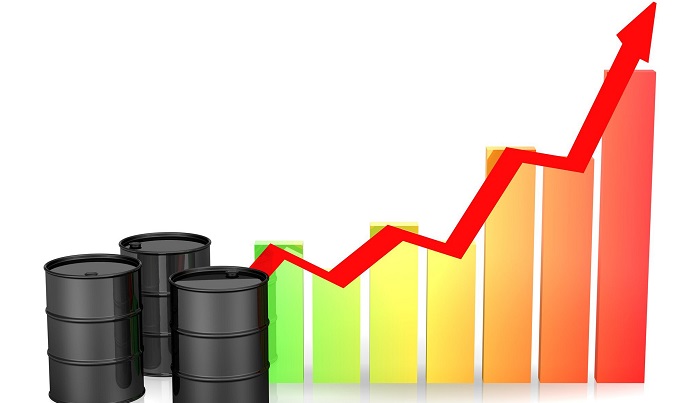
Muscat: Oman oil prices are at their highest since 2014, enabling the country to earn surpluses from the fossil fuel for the first time since 2008, say analysts.
“The marker price on January 18 for March 2022 Oman crude oil futures contract (OQD) is $86.70,” said Dubai Mercantile Exchange (DME) in its daily update.
The price of Oman crude sold by the DME has shot up by $3.76 since 14 January. The oil price was $54 a barrel exactly a year ago on 18 January, 2021.
Concerning oil, Minister of Finance Sultan Al Habsi said in his speech during the launch of State Budget Report that revenue from higher oil prices would be ploughed back into cutting deficit and repaying loan instalments.
“Due to continuous fluctuations in global energy markets and their rapid impact on political factors and healthcare programmes, and in line with hedging principles used in fiscal policies, oil revenues were calculated assuming an average price of $50 a barrel,” he said.
The State Budget for this year was announced following the issuance of Royal Decree 1/2022.
“Because oil prices are at their highest since 2014, this enables us to earn money from its sale, at a level that we have not seen since 2008,” said Dr Mohammed Al Wardi, an academic and economic analyst in Oman.
“We could benefit from this money to create income-generating projects and employment for our citizens, and help pay off high-interest debts.”
In this context, Khalfan Al Touqi, another analyst, added that with the price of oil for 2022 assumed at $50 a barrel in the State General Budget, the far higher prices at which oil is being currently sold could be used to fuel diversification and economic expansion.
“Any increase in oil prices above the estimate set in the budget will only be in the nation’s favour, so this means we would be able to pay off some of the public debt owed by the country,” he said.
“This money can also be pumped into the local market to revive the local economy.
“This in turn will help revive the private sector, enabling the creation of new jobs, which will also work to meet government priorities of creating more opportunities for people to work,” added Al Touqi.
He explained that the ris n oil price was also due to two key global factors: the agreement of OPEC and OPEC+ oil producers to follow previously decided production quotas, as well as the gradual return to life in across societies and economies in Oman and around the world, which were strongly affected by the COVID-19 pandemic.
“Demand for oil is also still high in a number of major countries, including China, India, the US, and the European Union, which continue to import oil and have not yet drawn from their strategic reserves,” he said.
Al Touqi added, though, that Gulf countries would also experience a downside to the increase in oil prices, relating to the import of goods.
“Oman is of course among the Gulf countries that import many of their goods,” he admitted.
“If the prices of oil are higher, this will affect the cost of goods made in countries such as China, India, or the US, among others, which in turn will lead to a higher import cost for countries buying them.”
Furthermore, AD Juma bin Saleh Al Ghailani, told Al Shabiba, the Arabic publication of the Times of Oman, “Under present circumstances, I expected the price of oil to touch $100 a barrel. This money could indeed be used to help diversify income sources away from just oil and gas.”
Five oil producers in the Middle East use the Oman futures contract pricing scheme of the DME to sell their commodities: Oman, Bahrain, Saudi Arabia, Kuwait, and the Emirate of Dubai.